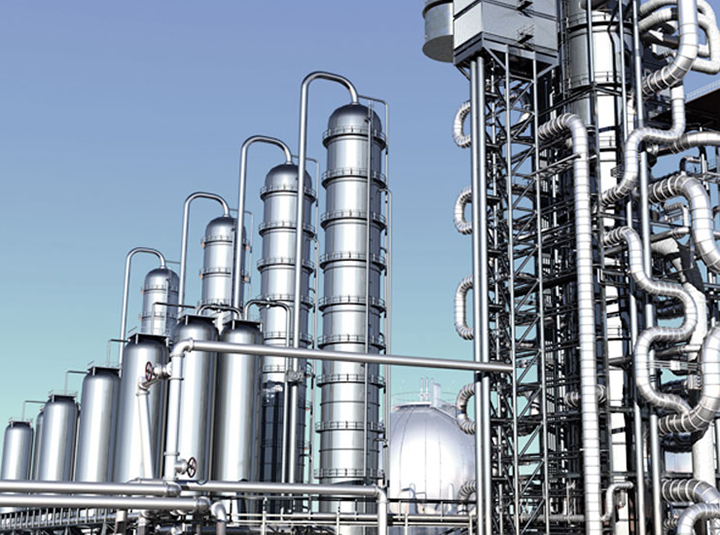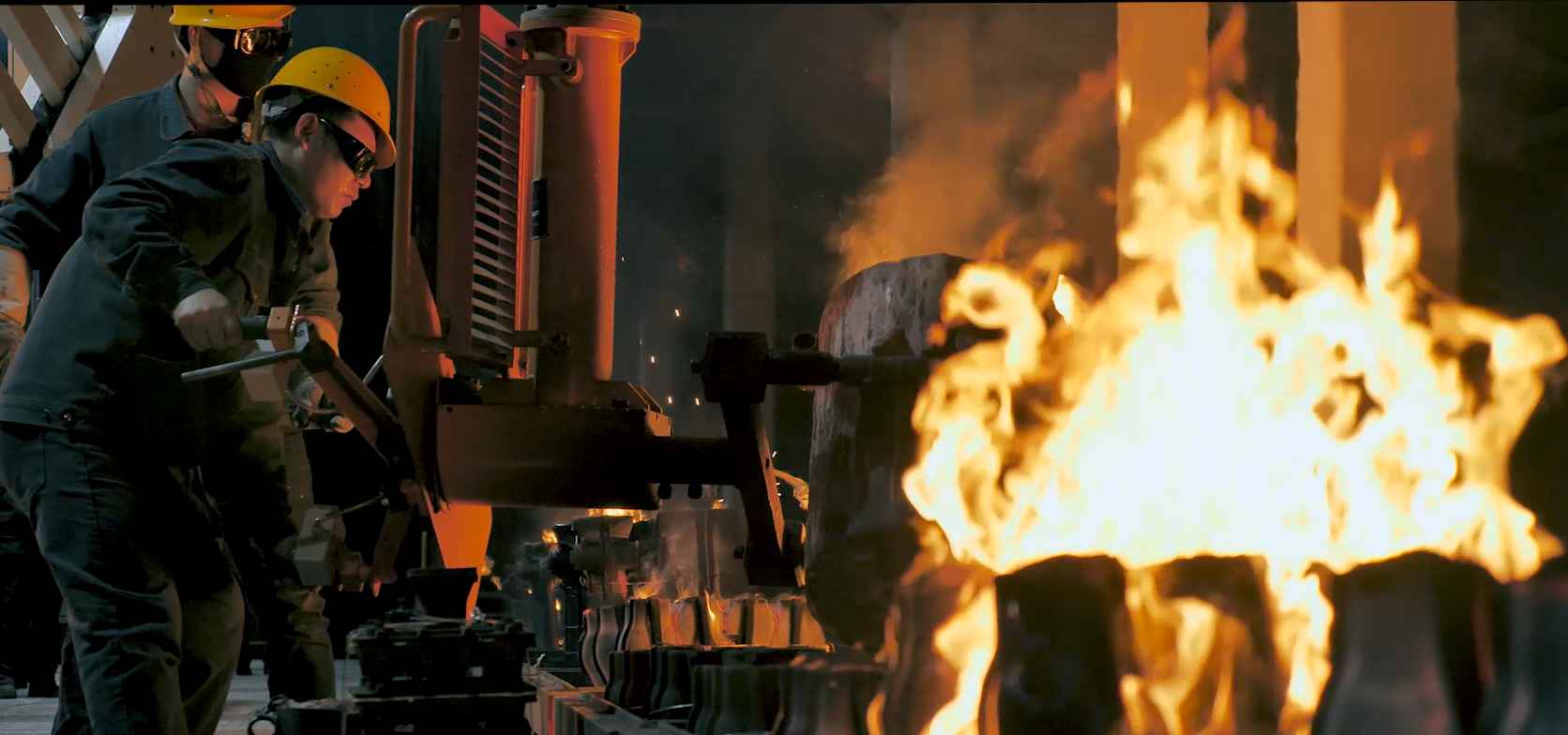The main function of valve actuators in automated control systems is to convert the signals sent by the control system into mechanical motion, thereby controlling the opening or closing or adjustment of valves. Through the integration of automated control systems, electric valve actuators can achieve remote operation, precise control, and optimization of industrial processes, thereby improving the efficiency and safety of the system.
Function of electric valve actuator
The core function is to drive the valve to open or close, or precisely adjust the valve opening to adjust the flow, pressure, temperature and other parameters of the fluid.
Specific functions include:
Valve control: The valve actuator drives the opening and closing of the valve by receiving the switch signal, and quickly starts or stops the flow of the fluid.
Regulation control: The valve actuator adjusts the valve opening to achieve precise regulation of flow, pressure and temperature. For occasions where fine control of fluid flow is required, regulating electric valve actuators are particularly important.
Automation and remote operation: After the valve actuator is connected to the automation system, it can realize remote monitoring and operation, reduce manual intervention, and improve the degree of system automation.
Protection function: Modern valve actuators have multiple safety functions such as self-diagnosis function, overload protection, limit protection, etc. to ensure the stability and safety of equipment operation.
Working principle of electric actuator
Based on the motor-driven mechanical device, the electric actuator receives electrical signals from the control system (such as PLC, DCS or remote control system), which are converted into mechanical motion through the motor and transmission mechanism to drive the opening and closing or adjustment of the valve. Electric actuators usually have built-in position sensors to monitor the opening of the valve and perform closed-loop control based on the feedback signal.
Control methods of electric valve actuators
On-off control: In this mode, the actuator drives the valve to open and close only according to the "open" or "closed" state of the control signal. Commonly used for some simple valve controls, such as open/close valves.
Proportional control: In proportional control mode, the size of the control signal determines the opening of the valve. For example, a 4-20mA current signal corresponds to a valve opening from 0% to 100%. This control method is suitable for occasions where precise flow or pressure regulation is required.
Fuzzy control and intelligent control: Advanced electric valve actuators are equipped with fuzzy control algorithms or intelligent control systems, which automatically adjust the valve opening according to real-time feedback signals to better cope with complex working conditions and load changes.
Advantages and disadvantages of electric valve actuators
| Advantages | Disadvantages |
| High-precision control | High cost |
| Remote control and automation | Power supply required |
| Fast response speed | Large size |
| High reliability | High environmental requirements |
With the development of automation technology, the performance of electric valve actuators has been continuously improved. They have become indispensable equipment in automation control systems and are widely used in various industrial systems. By driving the opening or closing or adjusting of valves by electric motors, precise control of fluid flow, pressure, temperature, etc. is achieved.









